Deadly Blades: 4 Famous Sword Types
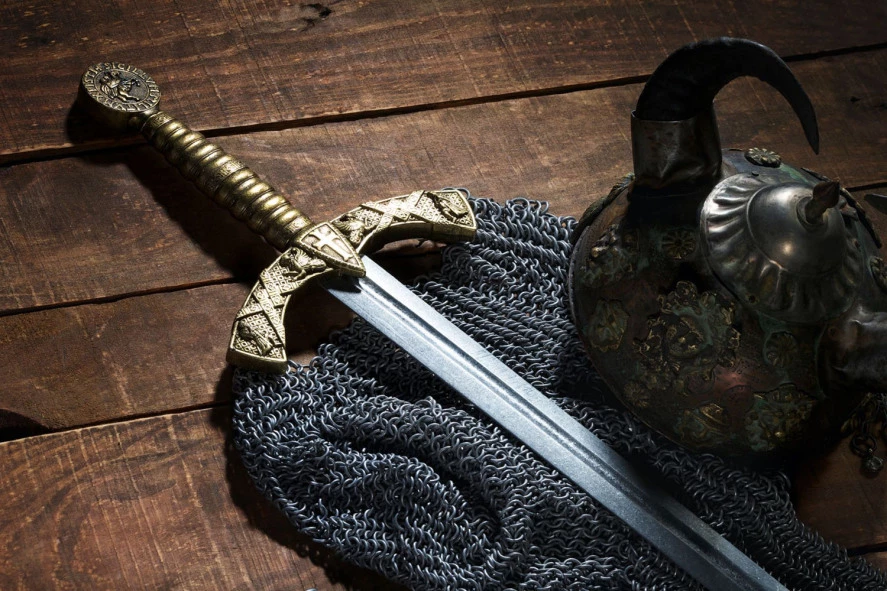
Contents
Cultural Significance of Swords
Swords are not just cold weapons for killing, they are cultural artefacts with broader significance. Killing was only one of their many purposes. They were also widely used in important social ceremonies and rituals. In the European history, sword can be found in various depictions on medieval coins, frescoes, seals or in chronicles.
Many countries until today have historical swords as national artefacts. Those swords were typically used in medieval royal coronation ceremonies.
In short, swords were not just killing tools, they had a deep cultural value as well. They were the central theme in many legends, literature and later in films. Everyone knows the Legend of King Arthur and the Excalibur. Or the legendary sword Andúril from The Lord of the Rings and its bearer Aragorn. Swords still play an important role in our culture - they inspire, and captivate fans all around the world!
DID YOU KNOW... that for a knight, the sword had a fundamental significance, not only as a fighting weapon? Read
this article to find out why.
If you're a fan of historical weapons, we've selected four types of swords that are definitely worth mentioning! Do you know them all?
1. Khopesh (Ancient Egypt)
Khopesh is a ruthlessly effective, Egyptian sickle-shaped sword that originally developed from battle axes. It was used by elite troops in ancient Egypt who protected high-ranking individuals - including the Pharaoh himself.
Although the khopesh was primarily a slashing weapon, it could also be used for stabbing. Although this crescent-shaped sword is now primarily associated with Egypt, it probably originated in Mesopotamia. According to historical records, it was used in this region around 2500 BC.
Eventually, it also became popular in ancient Egypt, especially among high-ranking members of society, who saw it as a symbol of power and prestige.
Historical finds suggest that it was also used by high-ranking military officers and Egyptian rulers themselves. Archaeologists have even discovered one of the swords in the tomb of Tutankhamun, one of the most famous ancient Egyptian rulers.
2. Gladius (Ancient Rome)
In Latin, the term gladius originally referred to any sword in general. However, the term is now used to describe swords used by the Roman infantry. Interestingly, the origin of the sword itself was not in ancient Rome.
Originally called “gladius hispanicus”, the sword was used by the Hispanic tribes in the Iberian peninsula, and the Romans only began using it after the Punic wars which they fought in these regions in the 3rd century BC. Later, Romans improved and popularized the sword. They also modified it to fit their fighting style.
Roman cavalry used a 50-60cm long gladius with a leaf-shaped blade. One of the main advantages of this weapon was its relatively low weight. Because of the lower weight, soldiers could hold a gladius in one hand, while holding a shield in the other hand. That significantly improved their chances of defending enemy attacks.
3. Two-handed sword (Medieval Europe)
Medieval two-handed swords began to appear around the 15th century AD. It was a powerful and deadly weapon when used by a skilled warrior.
The blade was up to 1.7 metres long and weighed up to 3.2 kilograms (sometimes more). When swung, its weight and the resulting impact force was able to crush the enemy's armour or body. However, these swords also required more space in order to be effective in close combat.
Two-handed swords were used on the battlefields as well as other places. For example, they were used by personal guards of wealthy individuals who hired warriors to protect them.
DID YOU KNOW... that two-handed swords had their heyday in the 16th century? However, another weapon began to gain popularity at that time: duelling swords.
4. Ulfberht (Medieval Europe)
According to legend, the first blade of this kind was forged by an Old Norse blacksmith named Ulfberht. Historical sources do not tell us much about whether this was actually the case. However, whoever was responsible for the production of the first Ulfberht “supersword”, they surely were the true masters of the sword making craft.
Until recently, it was believed that the method of working the iron used to make the Ulfberht swords was discovered by the English a thousand years after the Northern blacksmiths!
Over 170 similar Viking swords have been found in northern Europe so far. All of them were probably made between 800 and 1000 AD and all of them are marked with the inscription “VLFBERTH” (the letter “V” here reads as “U”).
Ulfberht was originally a Frankish name, suggesting that the first Ulfberht sword was produced by the Franks rather than the Vikings. Archaeological findings also seem to support this - the largest number of these swords have been found in the Rhineland region, which is where the Franks resided at the time.
The sword was unusually light and flexible, allowing quick movements in close combat, bringing chaos and sowing fear in the enemy ranks. Vikings apparently adopted this sword type, as it was a perfect fit for their fighting style.
Would you like to have your own replica of a medieval sword at home?
Are you planning to take part in a battle-reenactment, or you just want to expand your collection of weapons?
Take a look at our authentic sword replicas - you will not be able to tell they are not the original medieval swords! If you are a fan of medieval cold weapons, choose one of our handmade swords that will make a great addition to your collection of historical weapons.

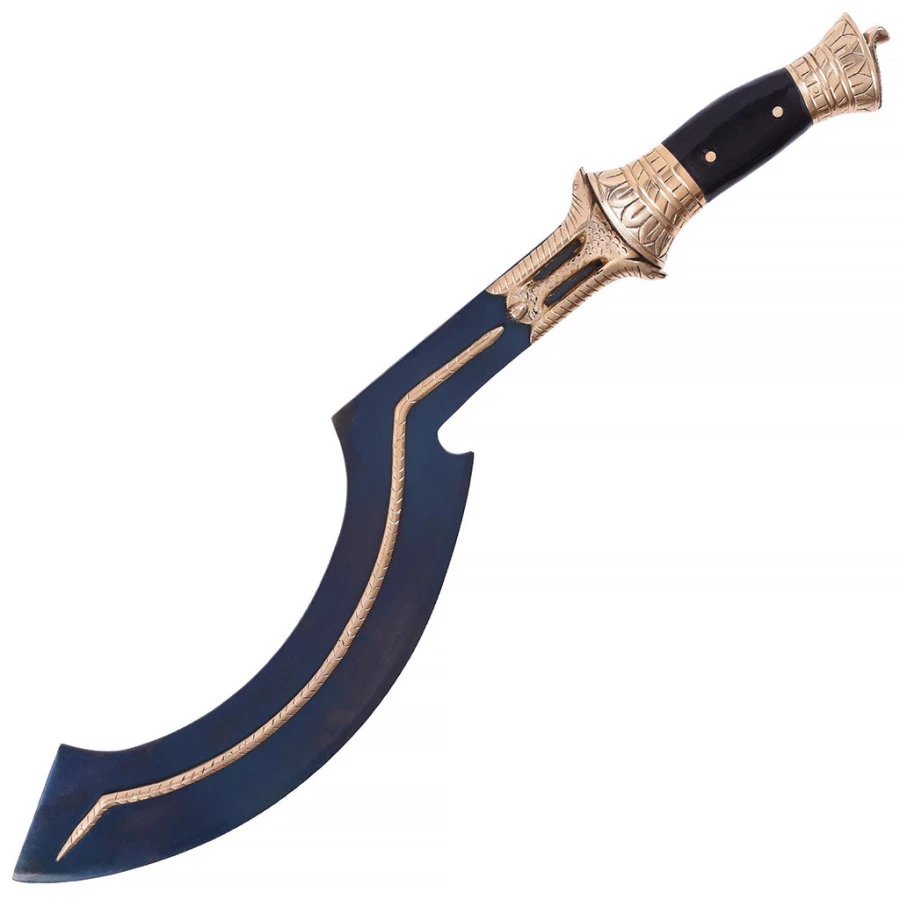
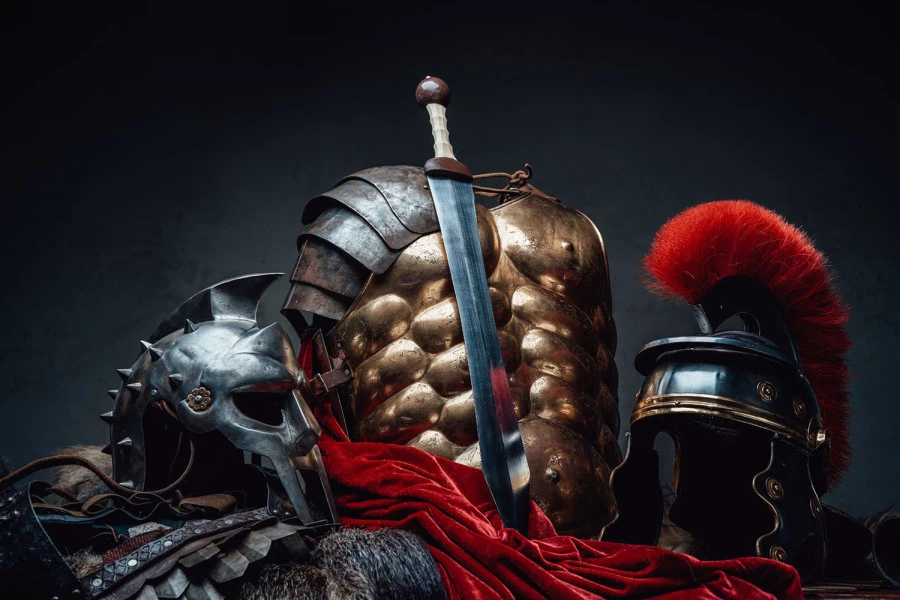
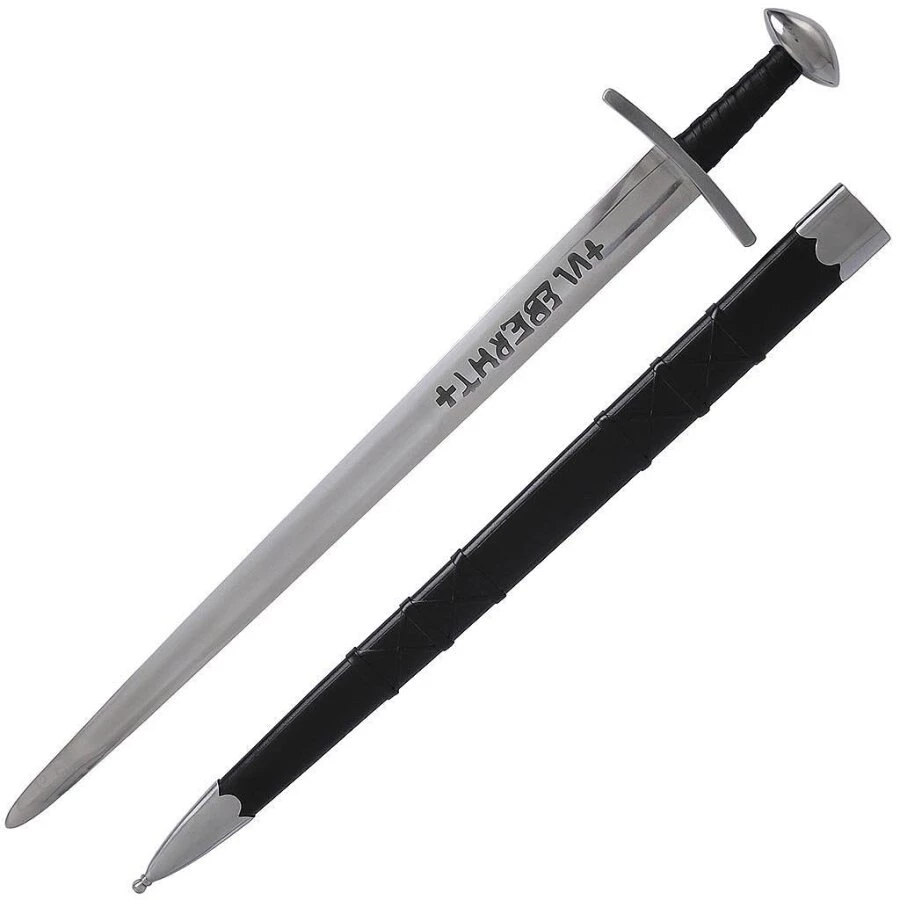
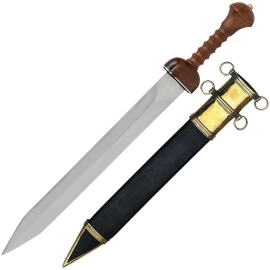
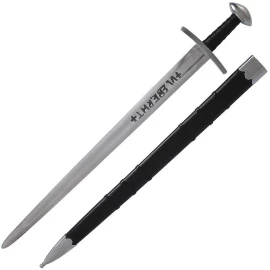
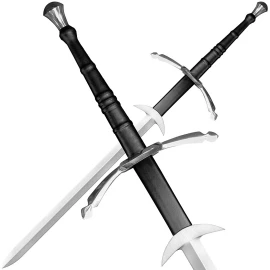
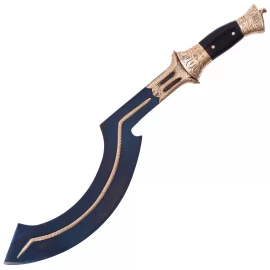
Comments